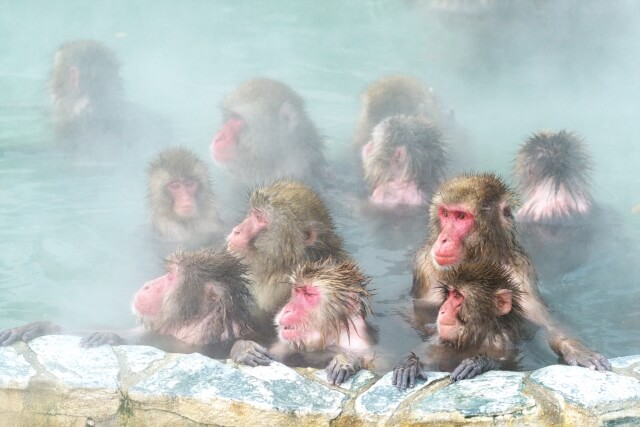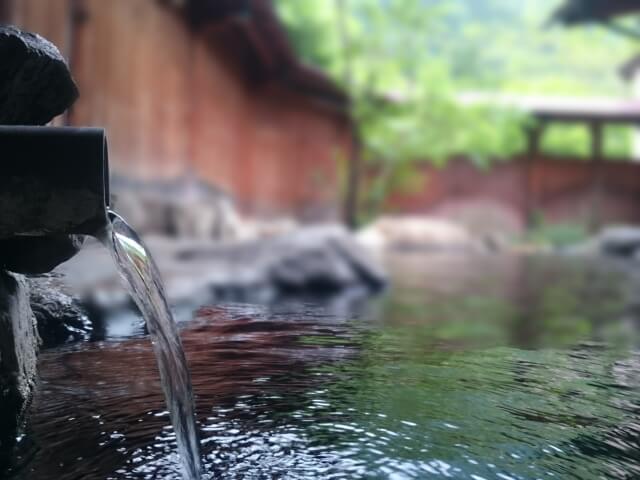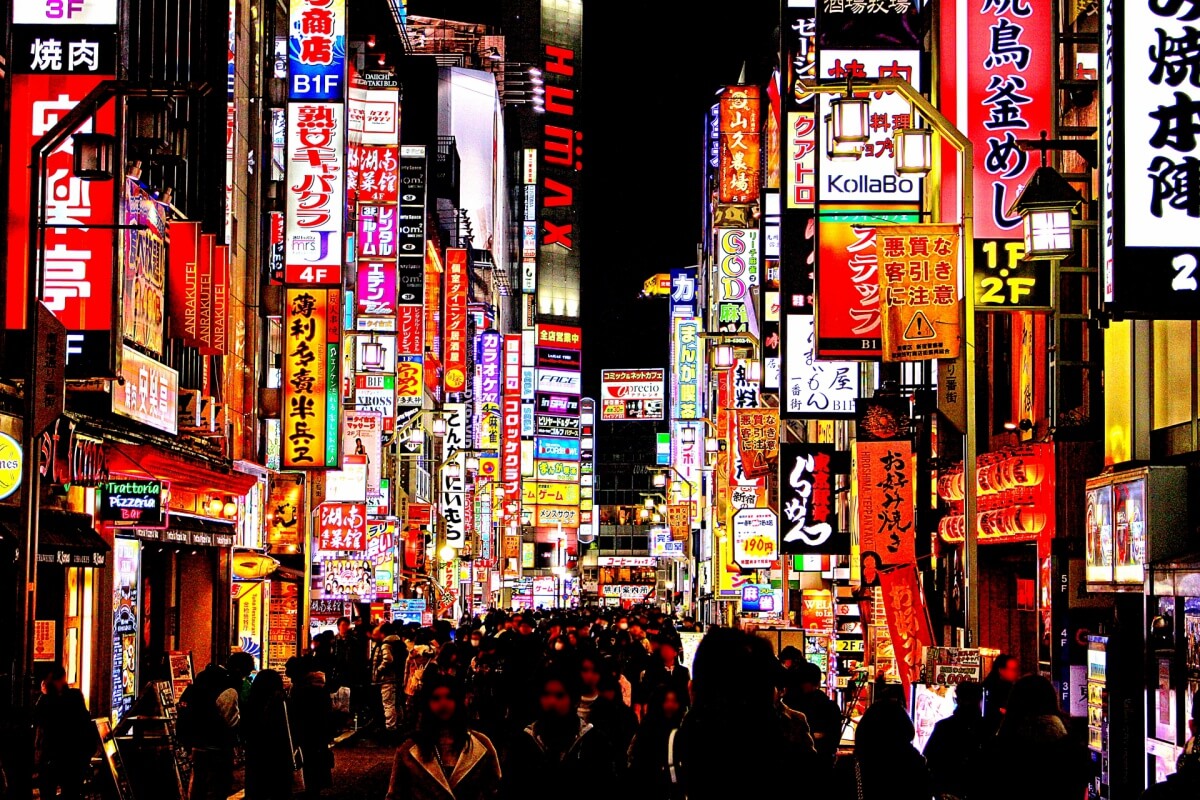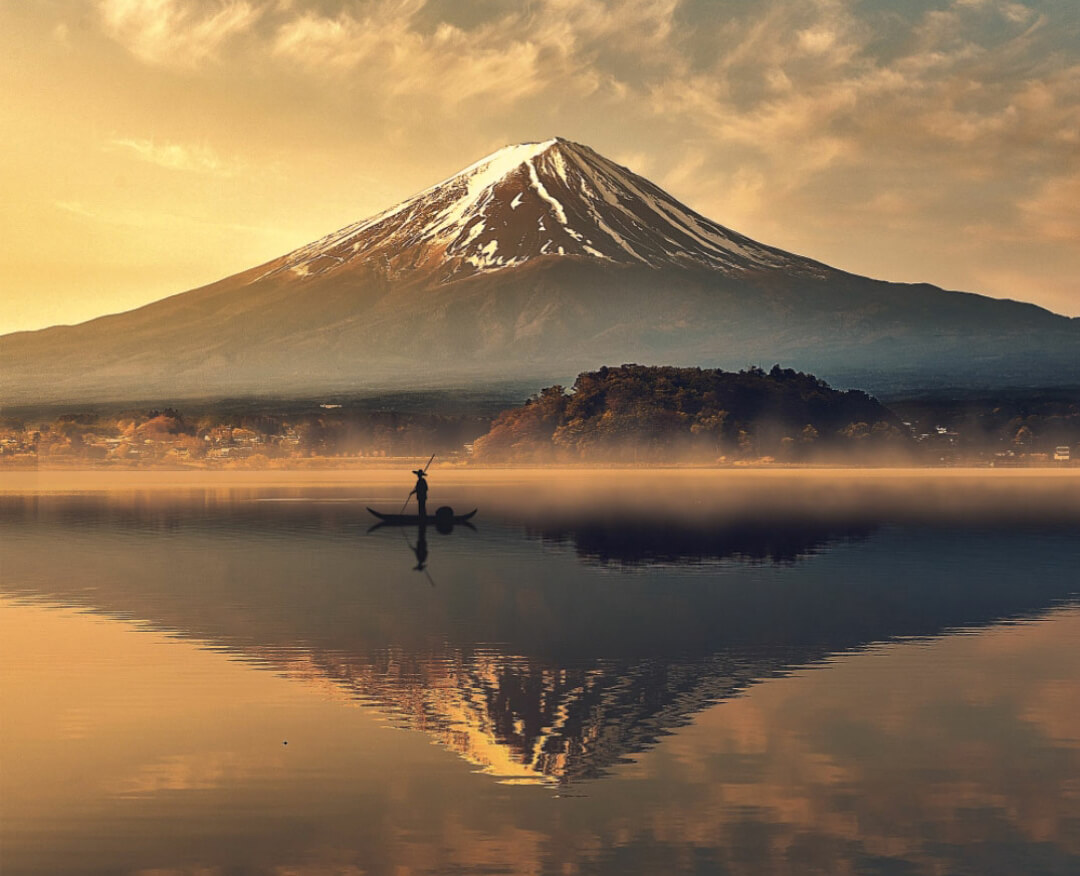When asked about their favorite thing in Japan, many people will probably answer the friendliness of the Japanese, the food and also onsen. Indeed, taking an onsen, a geothermally heated spring filled with water that contains several minerals beneficial to the body, is a must-try activity for tourists as it is completely different from taking a bath in other countries around the world. It is the ultimate activity to relax after a day filled with discovering the nature and culture of Japan.
Japanese have been enjoying onsen since before records were kept. Japan is blessed with over 30,000 natural onsen and there are over 3,000 onsen resorts in Japan. Onsen can be either attached to a hotel or ryokan or public accessible. Generally speaking, onsen are separated by gender (through partitions or bathing times) and often they have multiple bathing areas (indoor and outdoor).
Onsen are not water parks or bathhouses, where people can play freely. There are several written and unwritten rules and everyone should follow these rules when they take an onsen. As a tourist, you probably have little or no experience in taking an onsen in the Japanese way and don’t know the do’s and don’ts when taking an onsen. Let us teach you the proper and respectful way of taking an onsen.

How to take an onsen
1. Check the gender section by the curtain
Onsen is usually separated into male and female sections. You can distinguish the sections by the curtains at the entrance. Often there is no English translation written on the curtains, but only Japanese 男/男性 (male) and 女/女性 (female). If you are lucky you can also recognize the section by the color of the curtains; red for women and blue for men.

2. Take off your shoes before entering the dressing room
Onsen facilities are usually structured as follows: entrance, reception, dressing room, bathing area and resting area. When you are at the front entrance, you need to take off your shoes and slippers here. When you find slippers placed at the entrance, you can wear them when you walk from the reception and dressing room and back. Sometimes there is a designated area to put your shoes, for example lockers in the dressing room or you may give your shoes to the staff. If you don’t know what to do with your shoes, just copy what the locals are doing.
3. Take off all of your clothes in the dressing room
Although swimsuits are allowed in a select few onsen, this is very rare. In most onsen, you take off all your clothes in the dressing room. Clothing and garments that are worn outside are considered sullied and should never be brought into an onsen. Nudity is a must for taking an onsen. You may feel embarrassed being naked at first, but you’ll find everyone is naked and everyone minds their own business. Nudity in an onsen is not embarrassing at all, in fact you will probably feel more embarrassed being the only one wearing a bathing suit. If you feel uncomfortable being naked, you can use your small towel to hide your private parts when you are moving from dressing room to bathing area and back again.
4. Wash your body first
The bathing area consists of two areas; the washing area and the onsen area. You need to wash and rinse your body in the washing area first before getting in the bathtub. Facilities usually provide free shampoo, rinse and body soap. But you can also bring your own if you’d like.
5. Enter the bath slowly
Finally when you are ready to soak in the onsen, enter the bath slowly. Some onsen are really hot, and it takes time to get used to the temperature of the water. Avoid hopping in the onsen all at once. It is better to gradually sink into it. Also it’s beneficial to pour warm water over your body first (starting with your wrists and ankles, then arms, legs, lower back and shoulders) using a wooden pail to prevent the sudden rise of blood pressure. This is called kakeyu (掛湯), and there’s a water basin where you can pour the warm water especially for this.
Things not to do at an onsen

Do not run or swim
You should not run, only walk slowly inside the bathing area because the floor may be very slippery. Moreover, you are not allowed to swim even if the onsen is big like a swimming pool. The main purpose of taking an onsen is not only to warm up your body but also to rest and relax so please enjoy the onsen quietly.
Do not soak your towel or hair in the onsen
When you are taking an onsen, you should not dip your towel in the water because it is considered dirty. You can put your towel on your head so that you won’t lose it easily and it also won’t dirty the water. If you have long hair, you should tie your hair back to prevent it from dipping in the water.
Do not soak for too long
As relaxing as it may be, don’t stay in the onsen for too long. You should get out of the onsen when your forehead gets sweaty or if you start to feel a little dizzy. Also, unless you have sensitive skin, you had better not wash your body after taking onsen in order to let the onsen minerals take effect.
No tattoos
You might have the heart of this but tattoos are still a taboo in Japan. Tattoos are associated with crime; back in the day, people who committed a crime were marked with a tattoo. Later, during the Edo period, many gang members marked themselves with tattoos to show their courage and pain endurance.
If you have a large tattoo, you will probably be rejected at most onsen. If you have got smaller tattoos, some onsen will allow you to cover them and enter the bath. But if you have a lot or big tattoos from head to toe, your best option is to book a private onsen through a ryokan. Some onsen such as Uramigataki Onsen in Tokyo and Funaoka Onsen in Kyoto are specifically geared for foreigners and more lenient when it comes to tattoos.
After the onsen
Wipe your body off before entering the dressing room
Before entering the dressing room, you should wipe yourself off lightly with your small towel. After wiping your body completely with your bath towel, you can put your own clothes or the yukata on again that you will find at most ryokan. A yukata is bathing clothing, and looks similar to a kimono.
Stay and relax after your dip
After putting on your clothes or yukata, you can relax in the lounge area. From comfortable massage chairs and glasses of sake to small bars, these facilities are the cherries on top of the onsen cake. While relaxing in the lounge area, you should rehydrate because you might have sweat a lot in the onsen. The best way to hydrate is to drink a bottle of cold milk or yogurt!

Let’s take an onsen
By taking an onsen, not only can you wash your body, but you can also relax and relieve your stress from study or work. If you want to have some local experience during your trip in Japan, you definitely need to try to take an onsen. It is the perfect relaxing ending to your busy sightseeing day. Even the snow monkeys in Nagano know it ;)
As we mentioned before, there are many onsen in Japan, both natural or man-made. You can choose the one you like. But if you don’t have any idea which onsen to go to, why don’t you join our Niigata 1-Day Customised Private Walking Tour?
In our Niigata 1-day tour, not only can you take the famous Senami Onsen, but you can also enjoy tasting high-grade Japanese sake and fresh seafood and learn about the Japanese history and culture at the old port-city Niigata. Since it is a customized tour, you can discuss with our professional tour guide and plan your own tour.
About the tour
Duration: 7 hrs ( 9am – 4pm )
Price: ¥35,000 per group
Capacity: 4 persons (If you would like more people, please let us know.)
Follow us on Instagram or Facebook for more travel inspiration. Or tag us to get featured!
Happy travelling!





